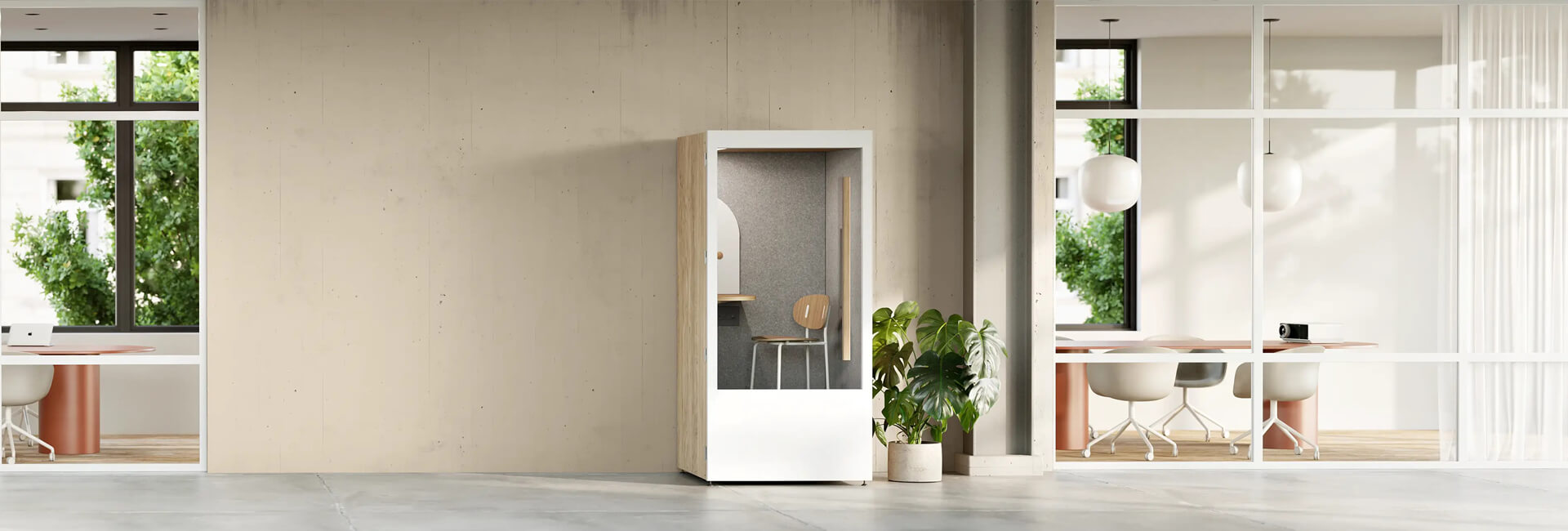# Diaper Material Composition Guide
## Understanding Diaper Materials
Modern diapers are complex products designed for maximum comfort, absorbency, and skin protection. The materials used in their construction have evolved significantly over the years to meet these needs while addressing environmental concerns.
## Core Diaper Material List
### 1. Outer Layer (Backsheet)
The outer layer is typically made from breathable polyethylene or polypropylene materials. Some eco-friendly options use plant-based materials like cornstarch or bamboo fibers.
### 2. Absorbent Core
This critical component usually contains:
- Fluff pulp (wood cellulose)
- Superabsorbent polymers (SAP)
- Sometimes natural absorbents like cotton or bamboo
### 3. Inner Liner (Top Sheet)
The layer against baby’s skin is often made from:
- Polypropylene non-woven fabric
- Microporous films
- Some premium brands use organic cotton
### 4. Leg Cuffs and Waistbands
These elastic components typically contain:
- Polyester or polyurethane elastic
- Breathable laminates
- Soft non-woven fabrics
## Additional Components
Adhesive Components
Diapers include various adhesives for:
- Tape tabs (usually polypropylene with adhesive backing)
- Core stabilization (hot melt adhesives)
Keyword: diaper material list
Wetness Indicators
Some diapers feature special materials that change color when wet, typically using:
- pH-sensitive dyes
- Thermochromic pigments
## Eco-Friendly Alternatives
Growing environmental concerns have led to development of more sustainable diaper materials:
- Bamboo fibers for liners and outer layers
- Plant-based superabsorbent materials
- Compostable or biodegradable backsheets
- Chlorine-free fluff pulp
## Safety Considerations
All materials used in diapers must meet strict safety standards regarding:
- Skin contact safety
- Absence of harmful chemicals
- Breathability to prevent rashes
- Hypoallergenic properties
Understanding diaper material composition helps parents make informed choices based on their baby’s needs and environmental concerns.

